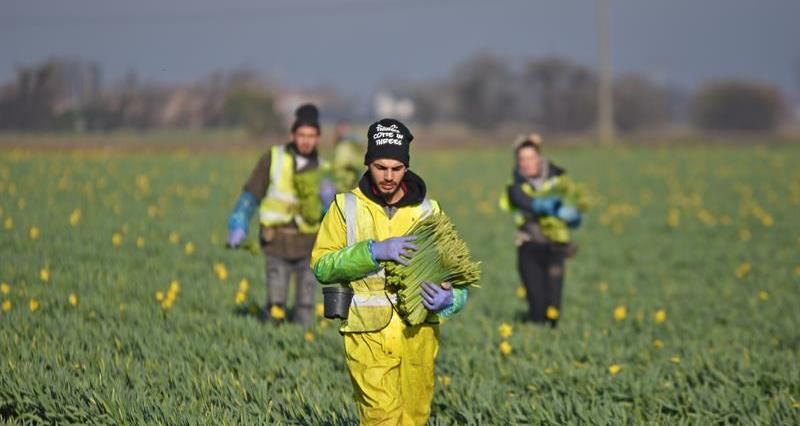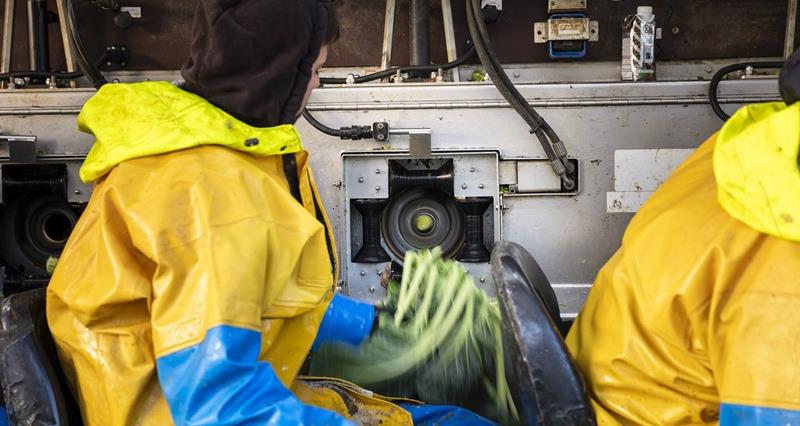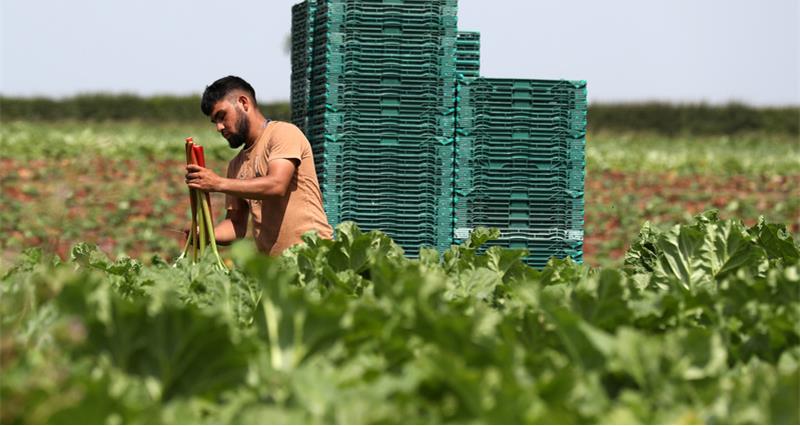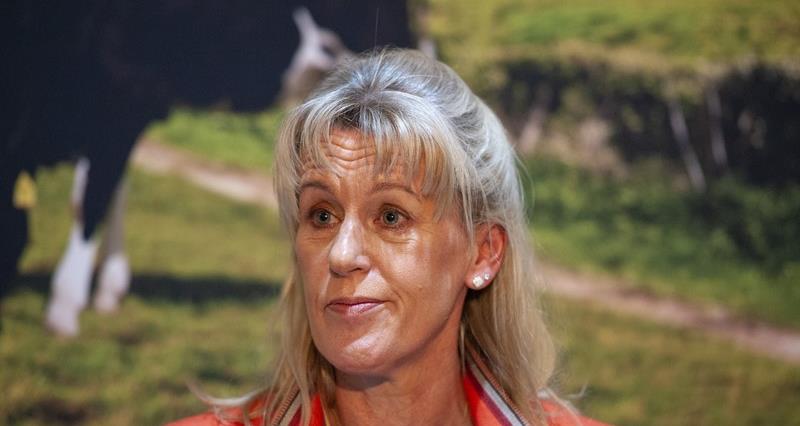It took until Christmas Eve before we knew how many seasonal worker visas would be available in both the 2021 and 2022 seasons and we were reassured we wouldn’t have to wait that long again.
But here we are, with Christmas so nearly upon us that it felt like the recent labour announcement should have been wrapped in festive paper and ribbon.
Better late than never
Admittedly, this year is not quite the same situation as the last couple.
Firstly, we already knew the scheme would exist until at least the 2024 season, whereas in the past we were battling to get that clarity from one year to the next.Â
And we knew that we’d have at least 30,000 visas in 2023 because a three year programme had already been laid out.
One might also expend a bit of sympathy with the teams that are tasked to administer the scheme when their political leaders embarked on a period of self destruction and reinvention over a turbulent summer period.
A step in the right direction
Where the frustration matches previous years, however, is that we all knew 30,000 would not be enough and the scheme would have to increase beyond what had previously been announced.
As it transpires, the government has listened.
A scheme of 45,000 with a potential to rise to 55,000 is a significant stride forward.
With production falling (due to a combination of rising costs and worries over labour) it is difficult to predict exactly what the seasonal labour demand will be in 2023.
We will monitor the situation very closely to ensure shortages are not holding our members back. We also want to build a more consistent dialogue with the Home Office that looks towards growing the sector rather than just supporting our immediate labour requirements.
Policies with opportunities, not limitations
To look back on 2022 is to look back on one of the most unpredictable and challenging years any of us have experienced.
The impact the Ukraine conflict has had on our labour provision and production costs is unprecedented. Costs have skyrocketed, as highlighted by both inflation reports commissioned by the NFU and published by Promar International, and labour shortages hit 40% for some businesses in the first half of the year.Â
Members have consistently told us that they are struggling to recover costs from their customers, and at the same time the UK Government (finally!) has a stated ambition to grow UK horticultural production. See: Government Food Strategy – our response and analysis
The two are not compatible.
That is why the NFU is seeking commitments from retailers to deal with cost price requests fairly and in a timely manner, and why we’re seeking the government’s backing to prioritise food security.
For this sector to have a hope of growing, we need to stabilise the ship. We need policies that provide opportunities, not limitations. Whether that is accessing people, water, crop protection products, growing media, energy, or having a more enabling planning system and import controls, or investment in new technologies and growing systems.
It is clear 2023 will continue to be challenging, and we still have much work to do.
For now, I hope you manage to get some much needed respite over the festive period and I would like to wish you all a very Merry Christmas.





